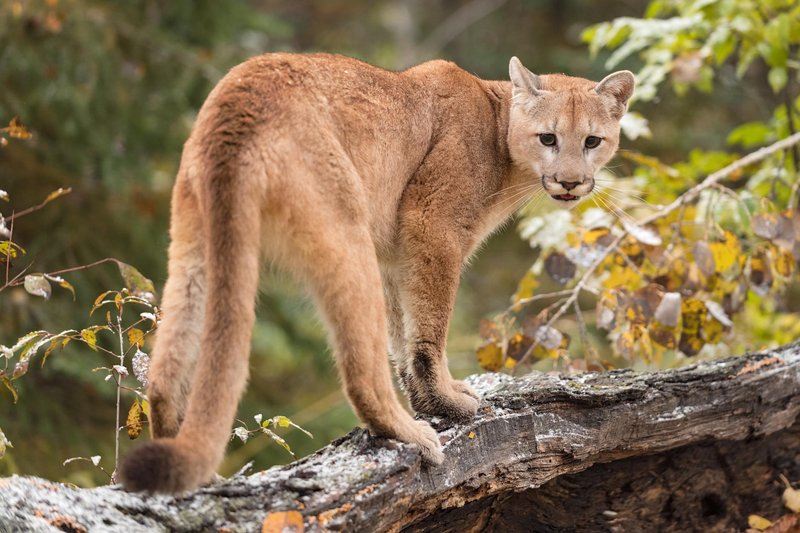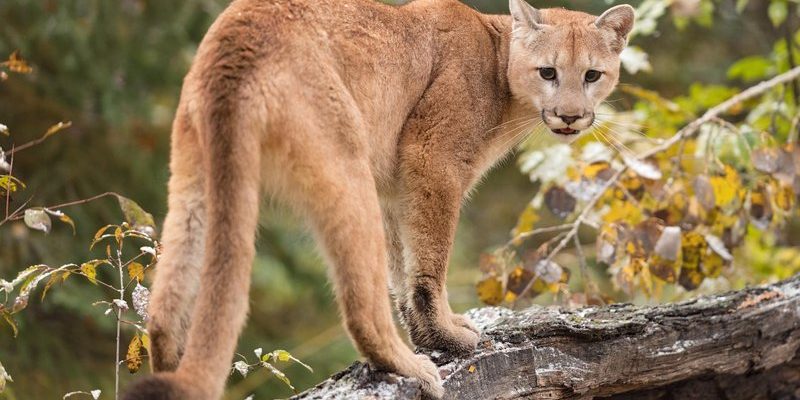
Imagine a world where pumas didn’t exist—deer populations would surge, vegetation would suffer, and the entire community of species would feel the ripple effect. By understanding the puma’s role, we can appreciate not only this magnificent animal but also the intricate web of life it helps to sustain. So, let’s dive in and explore how these majestic cats influence their ecosystems.
Pumas as Apex Predators
Pumas are often classified as apex predators, which means they sit at the top of the food chain without natural enemies. This positioning grants them a unique power in their ecosystems. By hunting animals like deer, they help to regulate those populations, preventing overgrazing and allowing vegetation to flourish. When pumas hunt, they typically target the weakest members of prey populations—sick, old, or young animals. This selective hunting ensures that the strongest genes are passed on, promoting a healthier prey population.
Without pumas, the balance shifts dramatically. Deer, for instance, could reproduce unchecked, leading to overpopulation. This scenario not only threatens the deer themselves due to limited food resources but also places stress on other species that share the habitat. Imagine a crowded party where no one can move or breathe—chaos ensues! Similarly, ecosystems can become unbalanced without the presence of pumas and their predatory prowess.
The Ripple Effect of Predation
Let’s dig deeper into the consequences of puma predation. When pumas take down a deer, it doesn’t just affect that one animal. The carcass provides a feast for scavengers like vultures, coyotes, and even insects, which play their roles in nutrient cycling. These scavengers help clean the environment, breaking down dead material and returning nutrients to the soil. In this way, pumas indirectly support a range of other wildlife and their habitats.
Additionally, when deer populations are managed through puma predation, the vegetation in the area thrives. Grasses, shrubs, and trees can grow strong and healthy, which in turn supports smaller herbivores and countless birds. You might think of it like a garden: if one type of plant takes over, it can choke out the others. Pumas help keep that garden diverse and vibrant.
The Role of Pumas in Biodiversity
Biodiversity—the variety of life in a certain habitat—is essential for ecological stability. Pumas play a significant role in promoting biodiversity through their predation and territorial behaviors. When they roam across territories, they create pathways that other wildlife can use, allowing species to migrate, find mates, and exchange genetic material.
In areas where pumas are present, studies show greater biodiversity in flora and fauna. This diverse ecosystem is more resilient to changes, such as climate shifts or disease outbreaks. Think of a diverse ecosystem as a well-balanced meal: each ingredient adds unique flavor and nutrients, making it satisfying and nourishing. A lack of pumas can lead to a less diverse ecosystem, making it more vulnerable to threats.
Additionally, by keeping prey populations in check, pumas contribute to the health of their prey’s habitat. Healthy vegetation supports various insects, birds, and other small mammals, which all add to the richness of the ecosystem. When you step back and see how interconnected everything is, it’s inspiring to realize that pumas are an integral piece of this puzzle.
The Impacts of Habitat Loss
Unfortunately, pumas face numerous challenges, mainly due to habitat loss from human activities like urban development and agriculture. When their habitats shrink, pumas are forced into smaller areas, leading to increased competition for resources, which can hurt their populations.
As pumas struggle, the balance in their ecosystems can shift dramatically. Without adequate room to roam, pumas may resort to hunting livestock, leading to conflict with humans. This creates a dangerous cycle where pumas are hunted or killed in retaliation.
Moreover, when pumas are removed from the equation, it’s not just their absence—it’s the entire domino effect that follows. Overpopulated deer can lead to habitat degradation, which ultimately affects many other species. It’s a harsh reminder that every creature, no matter how powerful or lowly, plays a specific role in maintaining the fabric of life.
Conservation Efforts for Pumas
Given their importance, conservation efforts focused on pumas are crucial. Various organizations work tirelessly to protect puma habitats and promote coexistence between pumas and humans. These efforts often involve creating wildlife corridors, which allow pumas to navigate their territories without being blocked by urban developments or roads.
Additionally, engaging local communities in conservation can lead to more sustainable practices. Educating people about the ecological role of pumas can foster appreciation and reduce fear. When communities understand that pumas help to keep ecosystems balanced, they may be more willing to implement non-lethal deterrents rather than resort to killing them.
Restoration of habitats is also essential. By reintroducing native vegetation and creating protected areas, we give pumas and the entire ecosystem a fighting chance. Those actions not only help pumas but also support the myriad of creatures that share their environment.
What You Can Do to Help
If you’re passionate about wildlife and conservation, there are ways you can contribute. Here are a few ideas to get started:
- Support local conservation organizations: Find and donate to groups working on puma protection.
- Advocate for wildlife corridors: Encourage local governments to create and maintain spaces for wildlife.
- Raise awareness: Share information about pumas and their ecological significance with friends and family.
By taking these small steps, you can be part of the bigger picture in preserving pumas and their vital role in the ecosystem.
The Future of Pumas
Looking ahead, the future of pumas depends on our collective efforts to ensure their survival. With the right strategies, we can maintain their populations while promoting healthy ecosystems. Conservation is not just about saving a single species; it’s about preserving the balance of life itself.
Pumas remind us of the intricate connections we all share within nature. Just as an orchestra needs each instrument to create beautiful music, our ecosystems need pumas to keep everything in harmony. The choices we make today will determine whether pumas thrive or become a memory of the past.
In summary, the role of pumas in their ecosystems is multifaceted and profoundly significant. From controlling prey populations to enhancing biodiversity, these big cats are essential players in the natural world. By understanding and supporting their existence, we pave the way for healthier ecosystems and a vibrant planet for all creatures. Let’s work together to protect these magnificent animals and the habitats they call home.

